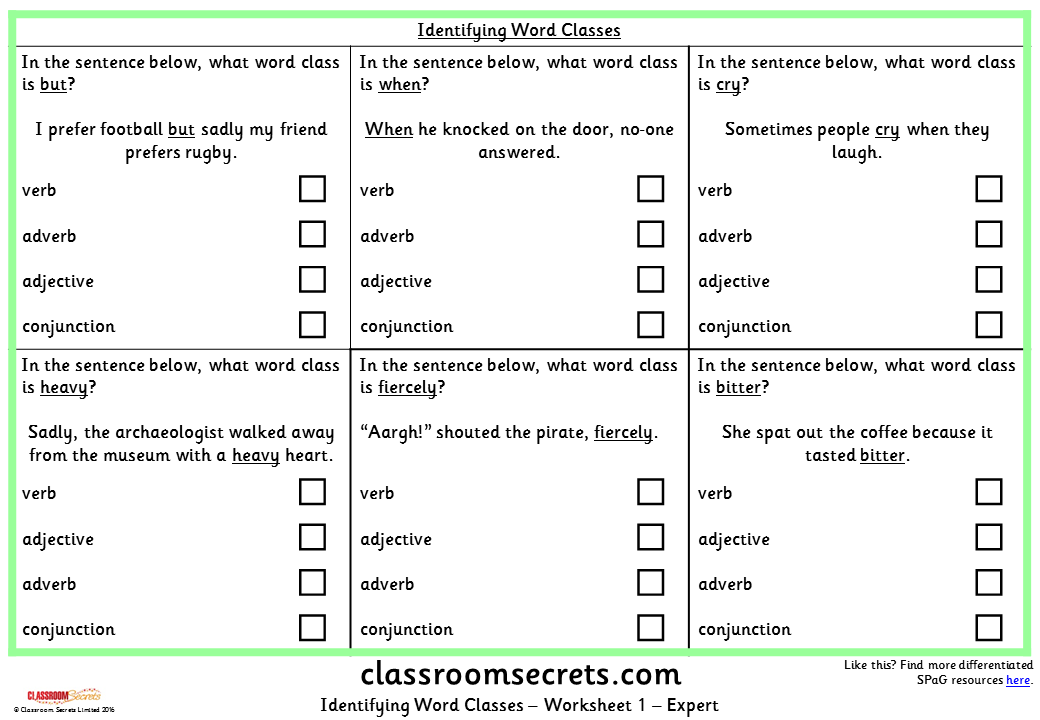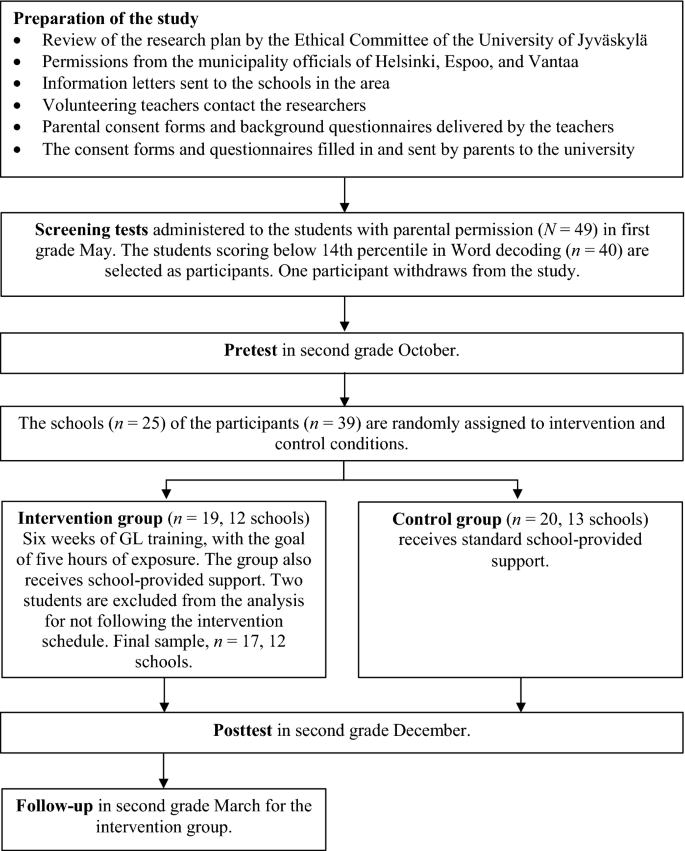Get this from a library! Word identification and spelling test: examiner's manual. Barbara A Wilson; Rebecca Hobgood Felton. 3TRA: Word Identification and Spelling Handout 2 (4 of 30) ORGANIZATION OF THE INFORMATION BOOKLETS The purpose of the information booklets is to help Texas educators, students, parents, and other stakeholders understand more about the TAKS tests. These booklets are not intended to replace the. MaxScholar Orton-Gillingham Spelling Rules Teacher’s Manual Page 3 This is the Main Menu the student will find when he/she first opens Spelling Rules: As in all our programs, the student should go in order to learn and practice each of the rules.

GROUPINGS AND EXPLANATIONS OF THE WJIII SUB TESTS
- WIST Spelling Response Form (50) Pad of 50, Word Identification and Spelling Test (WIST) Spelling Response Forms.2 pages. 8.25 x 10.75. ©2004.
- Description The Test of Written SpellingFifth Edition (TWS-5) is an accurate and efficient instrument that uses a dictated-word format to assess spelling skills in school-age children and adolescents. It has two forms that can be administered in 20 minutes to either individuals or in groups.
(There are 22 academic tests. The numbers refer to the test number.)
Reading Tests:

1. Letter-Word Identification - naming letters and reading words aloud from a list.
2. Reading Fluency - speed of reading sentences and answering 'yes' or 'no' to each.
9. Passage Comprehension - orally supplying the missing word removed from each sentence or very brief paragraph. (e.g., 'Woof,' said the _____, biting the hand that fed it.').
13. Word Attack - reading nonsense words (e.g., plurp, fronkett) aloud to test phonetic word attack skills.
17. Reading Vocabulary - orally stating synonyms and antonyms for printed words and orally completing written analogies (e.g., elephant : big :: mouse : ____ ). 21. Sound Awareness - rhyming, deletion, substitution, and reversing of spoken sounds.
| Reading Clusters (Are a combination of subtests, they are an average of scores.) | ||
Broad Reading | Basic Reading Skills (Is combination of these 2 subtests): | Reading Comprehension (Is combination of these 2 subtests) |
| 1. Letter-Word Identification | 1. Letter-Word Identification | 9. Passage Comprehension |
| 2. Reading Fluency | 13. Word Attack | 17. Reading Vocabulary |
| 9. Passage Comprehension | ||
These 5 areas of reading are included in the assessment recommended by NCLB (NO CHILD LEFT BEHIND) :
|
| (1.) Sound Awareness subtest (for Phonemic Awareness subtest) and Sound Blending subtest |
| (2.) Word Attack, the ability to read nonsense words (Phonics) |
| (3.) Reading Fluency |
| (4.) Reading Vocabulary |
| (5.) Passage Comprehension (low level comprehension at the sentence level, using fill in the blank.) |
Other useful subtests are Spelling of sounds subtest, and Picture Vocabulary subtest.
Other academic areas to assess: writing, spelling and math, including writing fluency and math fluency.
Written Language
- 7. Spelling - writing letters and words from dictation.
- 8. Writing Fluency - writing simple sentences, using three given words for each item and describing a picture, as quickly as possible for seven minutes.
- 11. Writing Samples - writing sentences according to directions; many items include pictures; spelling does not count on most items.
- 16. Editing - orally correcting deliberate errors in typed sentences.
- 18. Spelling of Sounds - written spelling of dictated nonsense words.
- 22. Punctuation and Capitalization - formal writing test of these skills.
| Written Language Clusters | ||
| Broad Written Language (Is combination of these 3 subtests): | Basic Writing Skills: | Written Expression: |
| 7. Spelling | 7. Spelling | 8. Writing Fluency |
| 8. Writing Fluency | 16. Editing | 11. Writing Samples |
| 11. Writing Samples | ||
Math
5. Calculation - involves arithmetic computation with paper and pencil.
6. Math Fluency - speed of performing simple calculations for 3 minutes.
10. Applied Problems - are oral, math 'word problems,' solved with paper and pencil.
18. Quantitative Concepts - oral questions about mathematical factual information, operations signs, etc.
| Math Clusters | ||
| Broad Math (Is combination of these 3 subtests): | Math Calculation Skills: | Math Reasoning: |
| 5. Calculation | 5. Calculation | 10. Applied Problems |
| 6. Math Fluency | 6. Math Fluency | 18. Quantitative Concepts |
| 10. Applied Problems | ||
Listening Comprehension
3. Story Recall - the student answers oral questions about stories that were dictated to the student.
4. Understanding Directions - the student follows oral directions to point to different parts of pictures.
12 Story Recall – Delayed - the student answers questions about the stories heard earlier.
14. Picture Vocabulary - the student points to named pictures or names pictures.
15. Oral Comprehension - the student provides anto- or synonyms to spoken words and completes oral analogies (e.g., elephant is to big as mouse is to ___ )
19. Academic Knowledge - oral questions about factual knowledge of science, social studies, and humanities (art, literature and music).
21. Sound Awareness - (Phonemic Awareness) rhyming, deletion, substitution, and reversing of spoken sounds.
| Oral Language Clusters | |||
| Oral Language Standard skills | Oral Language Extended Skills | Listening Comprehension | Oral Expression |
| 3. Story Recall | 4. Understanding Directions | 4. Understanding Directions | 3. Story Recall |
| 4. Understanding Directions | 14. Picture Vocabulary | 15. Oral Comprehension | 14. Picture Vocabulary |
| 15. Oral Comprehension | |||
Find Spelling Of A Word
| Academic Skills: | Academic Fluency: | Academic Applications: | Phoneme/Grapheme Knowledge: |
| 1. Letter-Word Identification | 2. Reading Fluency | 9. Passage Comprehension | 13. Word Attack |
| 5. Calculation | 6. Math Fluency | 10. Applied Problems | 20. Spelling of Sounds |
| 7. Spelling | 8. Writing Fluency | 11. Writing Samples |

Spelling Test Practice


Total Achievement:
Broad Reading
Broad Math
Broad Written Language
| Measure Description | Source of measure | Schrank, F. A., Mather, N., & McGrew, K. S. (2014). Woodcock-Johnson IV tests of achievement. Rolling Meadows, IL: Riverside. |
| Mode of administration | Direct assessment | |
| Age range for use | 2-90 yrs | |
| Domains Assessed | 'Both academic achievement (in reading, math, and written language) and cognitive development. Skills tested Comprehension-Knowledge, Long-Term Retrieval, Visual-Spatial Thinking, Auditory Processing, Fluid Reasoning, Processing Speed, Short-Term Memory, Quantitative Knowledge, Reading-Writing Ability | |
| Related Measures | ||
| Burden | Training needed to administer | BA or equivalent with training to administer |
| Minutes to complete | 5 minutes per subtest, up to 65 minutes for full battery | |
| # of items | Varies | |
| Cost | Yes | |
| Adaptation for AIAN use | Adapted | No |
| Developer allows adaptation? | No | |
| Used with AIAN populations? | Yes | |
| Psychometrics | Norm-referenced | Yes |
| AIAN: Cronbach's alpha range | Not available yet | |
| AIAN: Evidence of validity | Not available yet | |
| Other populations: Cronbach's alpha range | .80-.90+ per developer | |
| Other populations: Evidence of validity | The Woodcock Johnson has been validated and revised through decades of systematic psychometric test development, and some consider that it has 'raised the bar' in terms of cognitive testing (Floyd, Shaver, & McGrew, 2003). The test demonstrates concurrent validity with the Weschler Intelligence Scale for Children-Revised and the Cognitive Abilities Test (Lohman, 2003; Reeve, Hall, & Zakreski, 1979). | |
| Source | Developer | Houghton Mifflin Harcourt |
| Link | hmhco.com | |
| Summary | Comments about sensitivity to change | |
| General remarks | Letter-word ID, Spelling, and Applied Problems were used in the AIANHSRC and FACES studies |



